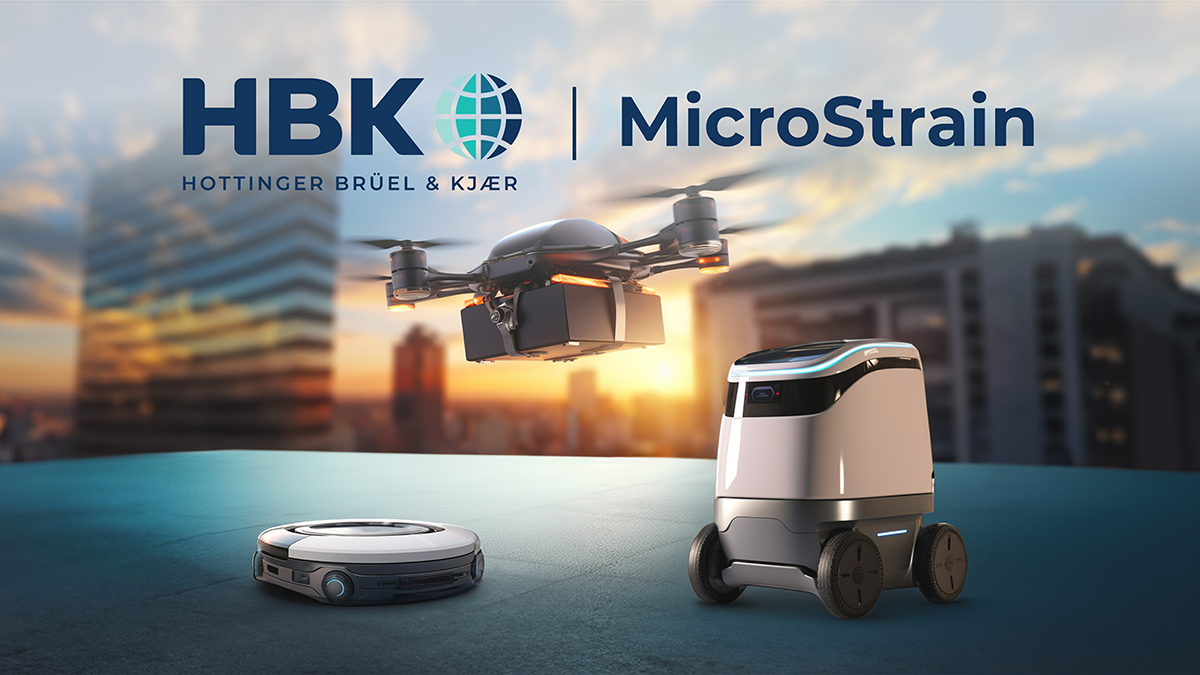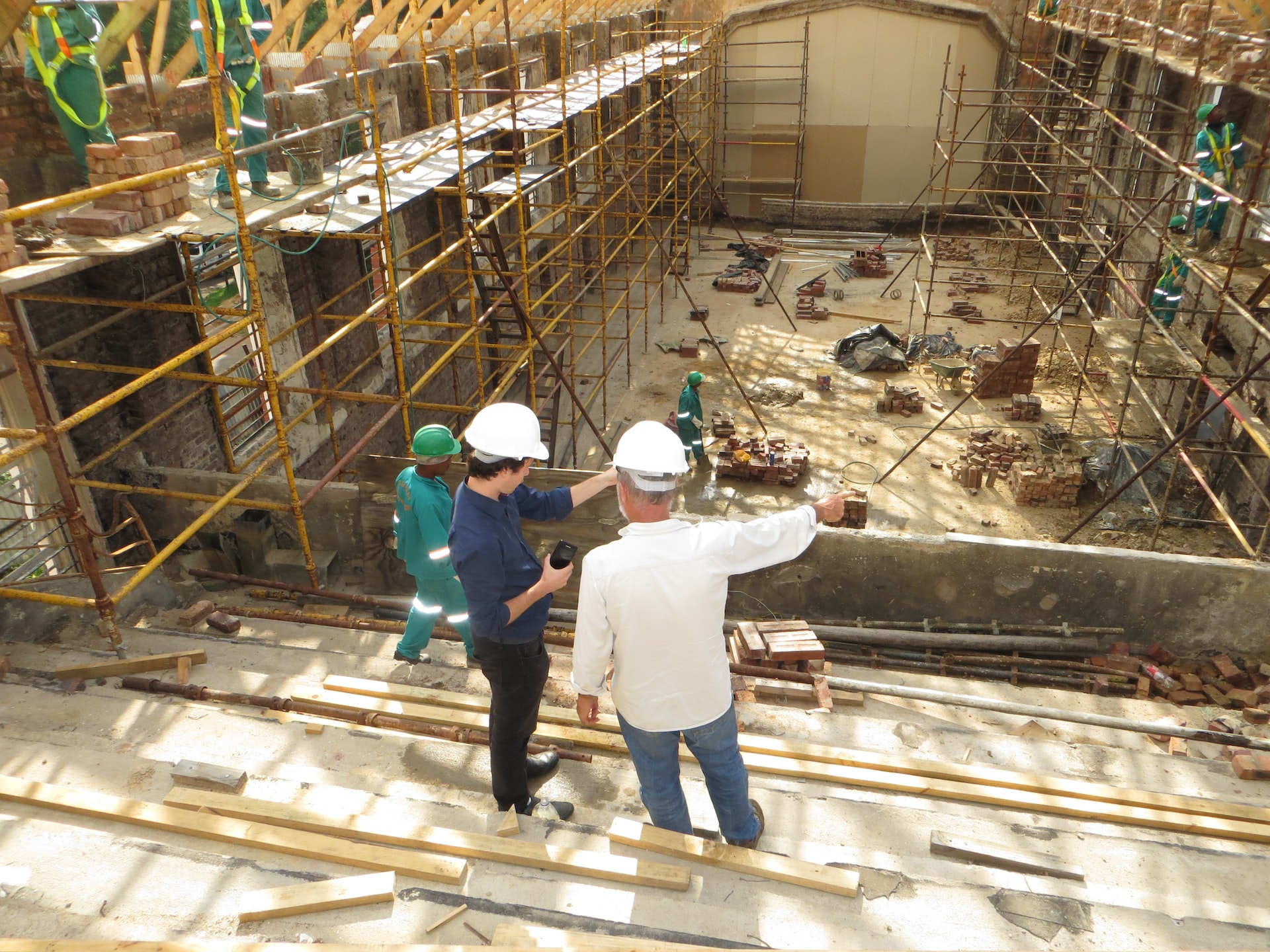As our cities evolve due to urbanization, the need to future-proof architecture becomes more crucial. Urban settings present challenges that call for approaches to maintain the durability and sustainability of buildings over time. A significant aspect of future-proofing architecture involves selecting roofing solutions capable of enduring the demands of city life. This piece will delve into the concept of future-proofing architecture, the characteristics of durable options, and how these choices contribute positively to urban settings.
Understanding Future-Proofing in Architecture
Future-proofing in architecture involves creating buildings that are robust, flexible, and environmentally friendly, equipped to handle the changing landscape influenced by climate change, urban growth, and technological progress. The aim is to establish structures that retain their functionality and visual appeal in the face of pressures over a period. Urban environments specifically require robust solutions due to population density, pollution levels, and increased exposure to severe weather conditions. Buildings must be ready for these challenges to ensure their longevity and effectiveness.
Cities are hubs constantly adapting to fluctuating populations and environmental shifts. Future-proofing involves incorporating design elements that are flexible and can be adjusted or upgraded as needed. This adaptability is essential for ensuring a building stays relevant and efficient over time. Additionally, sustainability plays a key role in future-proofing, focusing on the use of eco-friendly materials and technologies to reduce environmental impact and conserve resources. By implementing future-proofing strategies, architects and builders can help create landscapes that thrive despite various challenges.
Essential Characteristics of Robust Roofing Solutions
Robust roofing solutions are known for their ability to withstand harsh conditions with minimal maintenance requirements. These solutions aim to offer lasting protection and improve the performance of a building. Key features include:
- Durability and Longevity: The main feature of roofing materials is their capacity to endure for years without significant deterioration. Materials like corrugated metal sheets are recognized for their durability and strength, ensuring the building remains secure and functional for an extended period. The durability of roofing materials becomes crucial in urban settings where structures face pollutants, temperature changes, and other factors that can hasten wear and tear.
- Weather Resistance: Urban areas are prone to weather patterns, such as heavy rainfall, strong winds, and intense sunlight. Robust roofing materials need to endure these weather conditions while maintaining their strength. Weather-resistant roofing options help prevent leaks, minimize damage risks, and uphold a building’s stability in severe weather conditions. For example, corrugated iron roofing sheets are crafted to channel water efficiently, preventing pooling and lowering the chances of water-related issues.
- Maintenance and Lifespan: Sturdy roofing solutions typically require less upkeep, cutting down on long-term expenses for building owners. Their prolonged lifespan also enhances sustainability by reducing the need for replacements compared to less durable alternatives. This extended durability minimizes waste and lessens the environmental impact linked with roof replacements. With minimal maintenance needs, property owners can save on repair expenses and allocate resources to other property management areas. Opting for durable roofing materials ensures that buildings stay safeguarded and efficient for a long period.
Different Kinds of Lasting Roofing Options
Several durable roofing solutions work well in city settings. Some of the notable options include corrugated iron sheets, green roofs, solar roofing, and composite roofing.
- Corrugated Iron Roofing: When it comes to strength, durability, and resilience against weather conditions, metal roofing sheets stand out. They provide excellent protection from the elements and are a popular choice for both urban residential and commercial buildings. The modern and industrial look of corrugated metal roofing sheets, available in various finishes and colors, enhances the aesthetic appeal of designs, allowing architects to customize them to match the building’s style. Moreover, metal roofing is eco-friendly as it can be recycled, making it a sustainable choice that supports green construction practices.
- Green Roofs: Green roofs integrate vegetation into the roof system, offering a sustainable and visually pleasing solution. They come with numerous advantages such as enhanced insulation, reduced urban heat island effect, and improved stormwater management. Green roofs play a crucial role in enhancing the well-being of urban areas by encouraging biodiversity and reducing air pollution levels. The plants on green roofs act as natural air purifiers, enhancing air quality in densely populated regions. Additionally, green roofs offer natural insulation, which helps reduce energy usage for heating and cooling while enhancing the overall energy efficiency of buildings.
- Solar Roofing: Solar roofing incorporates photovoltaic panels into the roof material, enabling structures to produce their own electricity. This not only cuts down on energy expenses but also promotes sustainable energy practices. Solar roofing solutions are especially advantageous in urban settings where space for traditional solar panels may be scarce. By integrating solar technology into roofs, buildings can tap into renewable energy sources and lessen their dependence on the power grid. This integration aids in the shift toward clean energy sources and plays a significant role in diminishing the carbon footprint of urban structures. Solar roofing stands out as an innovative option that blends toughness with environmental consciousness.
- Composite Roofing: Composite roofing materials blend various components to create a resilient and adaptable solution. These materials often replicate the look of traditional roofing materials like wood or slate while offering enhanced performance and durability. Composite roofing is able to withstand extreme weather conditions and necessitates minimal upkeep. The adaptability of composite roofing makes it suitable for various architectural styles, delivering the visual appeal of traditional materials along with the durability and effectiveness of contemporary solutions. Additionally, this type of roofing is lightweight, lessening the burden on building structures and boosting their overall stability.
The Advantages of Future-Proofing Architecture with Lasting Roofing
Integrating resilient roofing solutions into urban design brings about various advantages that go beyond just the individual structures to benefit the wider community and surroundings.
- Financial Advantages: While durable roofing materials may come with a higher initial cost, they prove to be cost-effective in the long term by lasting longer and requiring less maintenance. Property owners can avoid frequent repairs and replacements, making durable roof installations a worthwhile investment. The durability of these materials leads to fewer disruptions for maintenance, which is especially advantageous for commercial buildings that need continuous operation. Moreover, sturdy roofing materials can enhance property values by improving the condition and appearance of buildings.
- Environmental Impact: Durable roofing solutions play a crucial role in promoting sustainability by reducing the need for frequent replacements and minimizing waste generation. Materials such as corrugated iron sheets and green roofs contribute to energy efficiency and help reduce buildings’ carbon footprint. Green roofs, for instance, absorb rainwater, reducing runoff and decreasing the risk of flooding in urban settings. Solar panels on rooftops produce clean energy, decreasing dependence on fossil fuels and supporting renewable energy endeavors. By incorporating environmentally friendly roofing options, architects and construction professionals can develop structures that align with sustainability objectives while bolstering urban resilience.
- Aesthetic Appeal: The visual appeal of durable roofing options enhances the overall appearance of city buildings. Whether it’s the sleek elegance of metal roofs or the natural charm of green roofs, these choices bring value and beauty to urban settings. A well-crafted roof can greatly influence a building’s aesthetic, adding to its character and presence in the cityscape. The selection of roofing materials can complement the architectural design, creating a cohesive and visually pleasing structure. Furthermore, incorporating attractive roofing solutions can distinguish a building, making it a standout feature in the city.
Choosing the Right Roofing Solution for Urban Projects
Deciding on the appropriate roofing solution for a project involves taking into account various factors such as location, climate, building type, and budget. It is crucial to seek guidance from architects and roofing professionals to ensure that the chosen material meets the specific requirements of the project and aligns with long-term sustainability goals.
- Location and Climate: The geographical location and climate conditions are significant considerations when selecting a roofing material. For example, regions prone to heavy rainfall or strong winds require materials that can endure such weather conditions. Conversely, areas with high temperatures could benefit from using roofing materials that help reduce heat absorption.
- Type and Style of Building: The type and design of a building play a crucial role in determining the choice of roofing material. For residential structures, aesthetics, and energy efficiency are often priorities, whereas commercial buildings tend to prioritize durability and cost-effectiveness. The architectural design and structural demands of the building should guide the decision-making process.
- Financial Considerations: While durable roofing materials may come with higher initial costs, their long-term benefits usually make the investment worthwhile. It’s important to strike a balance between the initial expenses and the expected savings in maintenance, repairs, and energy usage. Seeking advice from professionals can help identify a cost-effective solution that aligns with both immediate needs and future considerations.
In Summary
Ensuring that architecture is prepared for future challenges is essential for creating resilient urban environments. Opting for durable options like corrugated metal sheets, green roofs, solar panels, or composite materials allows architects and builders to ensure their projects withstand the test of time while positively impacting urban landscapes. Investing in high-quality, lasting roofing solutions is a decision that brings economic, environmental, and visual benefits, ultimately contributing to the long-term sustainability of our cities. Durable roofing not only shields buildings but also enhances their functionality and attractiveness, playing a crucial role in shaping the future of urban architecture.







